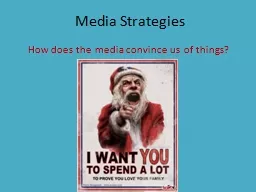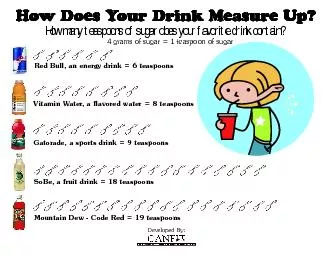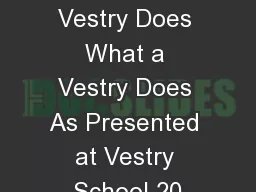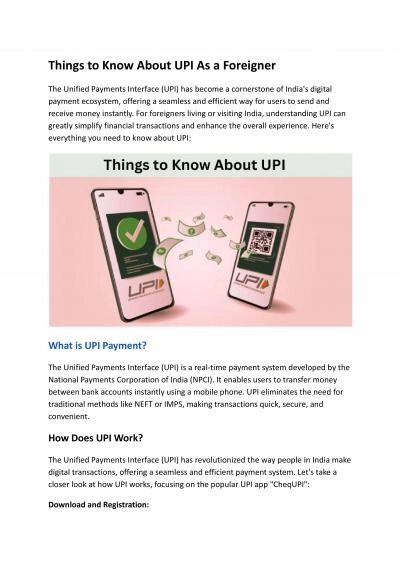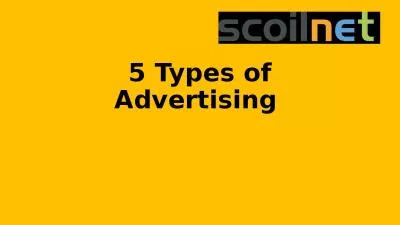PPT-Media Strategies How does the media convince us of things?
Author : test | Published Date : 2019-01-29
What is media literacy The ability to sift through and analyze the messages that inform entertain and sell to us every day The ability to bring critical thinking
Presentation Embed Code
Download Presentation
Download Presentation The PPT/PDF document "Media Strategies How does the media conv..." is the property of its rightful owner. Permission is granted to download and print the materials on this website for personal, non-commercial use only, and to display it on your personal computer provided you do not modify the materials and that you retain all copyright notices contained in the materials. By downloading content from our website, you accept the terms of this agreement.
Media Strategies How does the media convince us of things?: Transcript
Download Rules Of Document
"Media Strategies How does the media convince us of things?"The content belongs to its owner. You may download and print it for personal use, without modification, and keep all copyright notices. By downloading, you agree to these terms.
Related Documents

